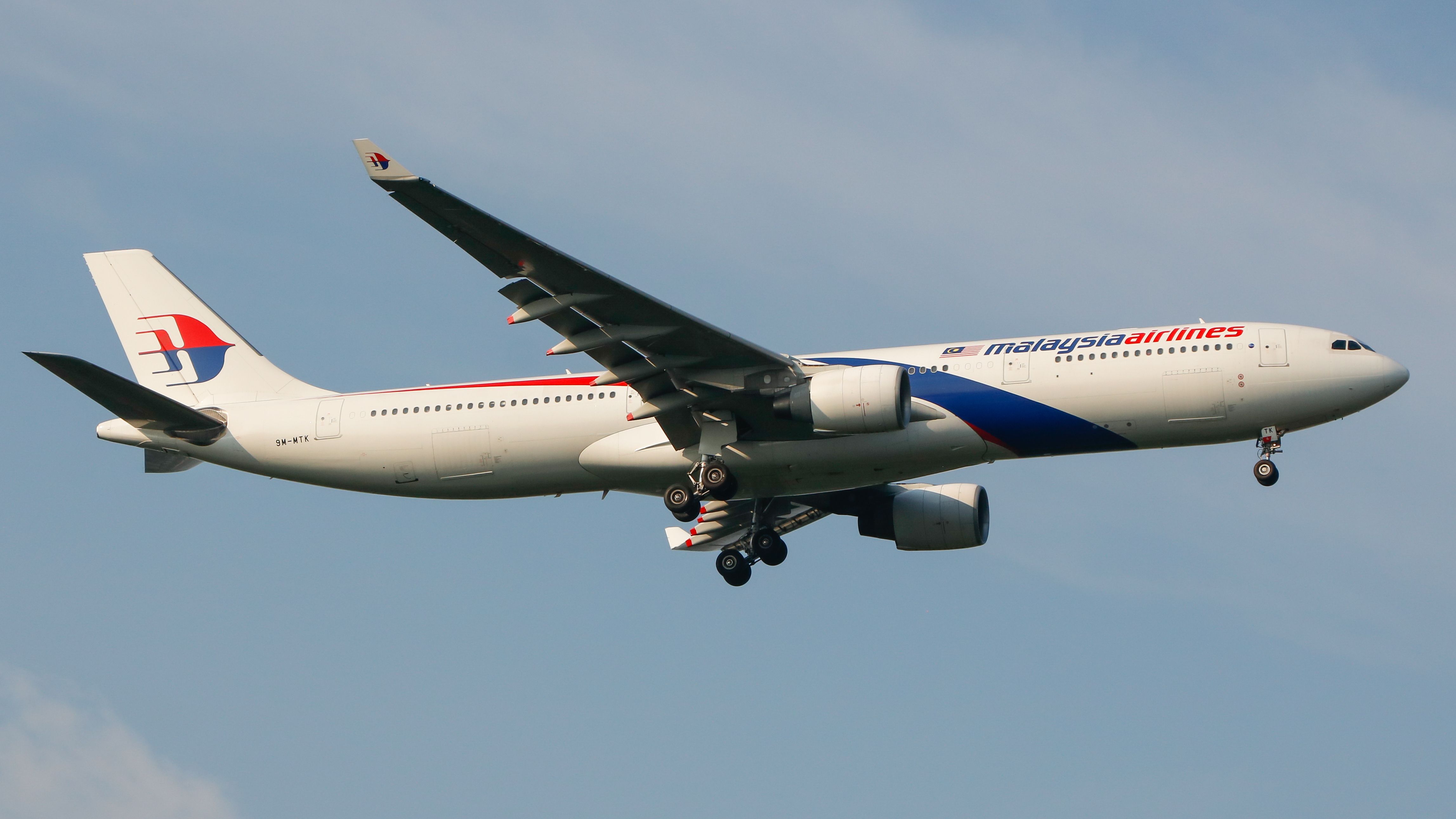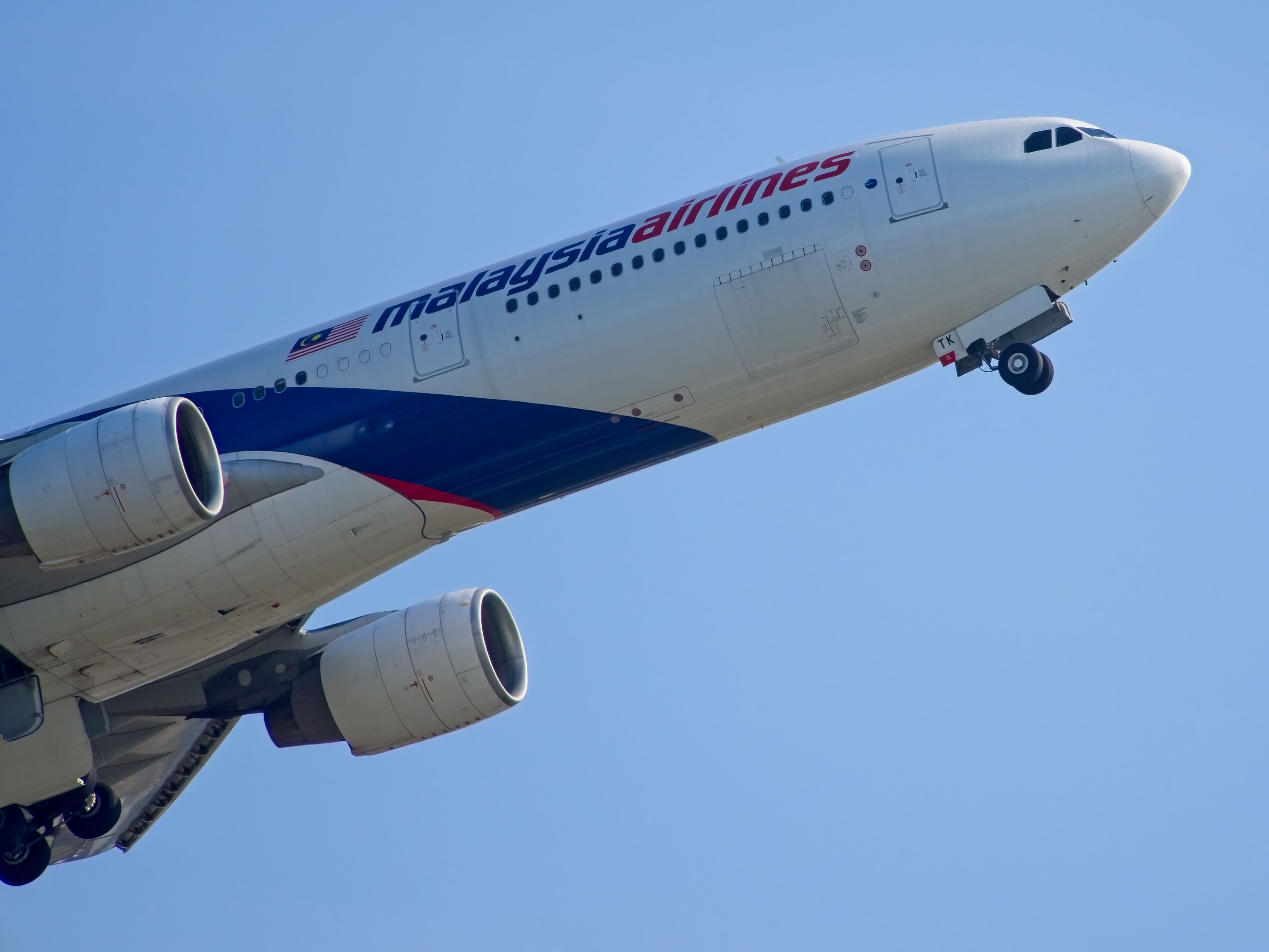With the various rules, regulations, and guidelines that determine what each person should be in charge of and looking out for, aviation is one of the safest industries in the world. In many ways, redundancy is a feature of this safety net; whether it’s the backups for airliner systems or multiple personnel who check the aircraft, generally, it’s rare that every step in the process fails.
Unfortunately, though, it does happen. And there’s a famous accident causation theory behind this, called “Dr. Reason’s Swiss Cheese Model.” As the name suggests, human systems or an organization’s defenses against failure are like Swiss cheese, with various holes in different places. Usually, the more slices of cheese you have piled up, or say, humans working together under proper guidance, the more likely it is that any holes will be covered, or any threat likely mitigated. This is a popular theory used in aviation accident investigations, though some demonstrate the model better than others.
The story of MH134
Malaysia Airlines Flight 134 was a scheduled passenger flight from Brisbane International Airport back home to Kuala Lumpur International Airport. But as soon as the Airbus A330 took off, the pilots had a problem on their hands - unreliable airspeed. How did this happen?
Australia is well-known for various creatures; however, one that affects aviation is the mud wasp, which enjoys making homes in small cavities. Airplanes are phenomenal places for these wasps to build nests, especially inside the pitot tubes that help provide airspeed. At the time, from 2015 to 2018, Brisbane Airport authorities realized getting rid of the wasps was not a valid plan, so they asked operators who would park their aircraft for long layovers or overnight to use pitot tube covers (these have streamers and are usually very obvious to notice) to prevent infestations.
When the mud wasp issue became severe, Malaysia Airlines was not flying to Brisbane (they did previously, just not during those years). Still, the airline was informed of the pitot tube cover suggestion just before starting service. When the aircraft pulled up just after 20:00 on July 18th, 2018, an engineer for the carrier went out to check on the aircraft, though as he was not based in Brisbane, he required the help of a local support engineer.
This support engineer fitted the covers on his way to the A330 cockpit and told the MH engineer this event happened, though he did not get a response, nor was this written down in the tech log. As the support engineer went to get oil, the operator’s engineer began the walkaround with a flashlight in hand, seen on camera looking at the pitot tube covers. Later, he would say that he noticed them but was uninformed of the situation and was confused about why they were there.
As the assistant engineer left, the operator engineer finished a discussion with the pilots and took his seat in the cabin to return to KUL, under the false assumption the local engineer would come back later to do a final check during the pushback. When one of the pilots left the cockpit for his walkaround, CCTV footage proves he looked at the pitot tube covers before moving on without doing anything about them.
Upon returning to the cockpit, where both pilots went through the before-start checklist, the first officer responded “removed” to the item, “Gear Pins and Covers.” Despite no covers in the cockpit, this was still verbally responded to as completed. Malaysia Airlines seldom used these then and had only recently started service to Brisbane; no covers in the cockpit was more-or-less the standard. Everything else was completed for pushback and taxi as standard.
When it came time for pushback, the leading hand, who also conducts a walkaround, did not do so, as they reportedly assumed someone else had already completed it. As the personnel walked with the aircraft as it was being pushed back, they would have looked elsewhere rather than directly upward at the covers.
Want answers to more key questions in aviation? Check out the rest of our guides here.
Despite everything, the pitot tubes were still covered as MH134 was ‘ready’ to take off on Runway 01. As you can see, even with multiple “layers of swiss cheese,” sometimes, there is a hole straight through. Fortunately, the pilots communicated with the hardworking ATCs and fought through a barrage of warnings, sounds, and checklists, getting the aircraft back down to Brisbane Airport with everyone unharmed.
There are plenty of other good examples of the Swiss Cheese Model in aviation. Do you have one in mind? Share with us in the comments below.
Sources: Mentour Pilot, Aviation Safety Network, Skybrary, ATSB



